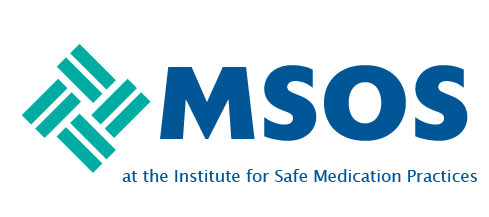A blocked manometer port on the Ambu SPUR II resuscitator may delay ventilation or cause barotrauma
Costa Mesa, California August 28, 2025 - Green Lumber Holding, LLC (“Green Lumber”) is alerting consumers that counterfeit products misrepresented as genuine Green Lumber have been identified and may pose health risks.
DermaRite Industries, LLC is expanding the voluntary recall initiated on July 16, due to potential microbial contamination identified as Burkholderia cepacia complex. Out of an abundance of caution the voluntary recall has expanded to include additional products and lots, which can be found in the t
Hamilton is repairing certain HAMILTON-C6 ventilators to replace a defective circuit board that can interrupt ventilation, risking serious injury or death.
Extended Tip Applicator recall due to potential non-sterile product and high endotoxin levels. May cause inflammation or infection if used.
ICU Medical is correcting the Plum Duo infusion system due to pump software issues that may cause the device to become unresponsive.
08/27/2025– East Brunswick, NJ, Unichem Pharmaceuticals (USA), Inc. is voluntarily recalling one (1) lot of Cyclobenzaprine Hydrochloride Tablets USP 10 mg, to the consumer level. The Cyclobenzaprine 10mg (90ct) label was inadvertently placed on a bottle containing Meloxicam
The FDA is reminding the public about the safe use of hyperbaric oxygen therapy devices and is providing recommendations to help reduce potential risks.
On August 22, 2025,the US FDA’s Center for Biologics Evaluation and Research has suspended the biologics license for Valneva Austria GmbH’s Ixchiq (Chikungunya Vaccine, Live). This vaccine was initially approved by FDA under the accelerated approval pathway in November of 2023 for the prevention of
Boston Scientific Removes Carotid WALLSTENT Monorail Endoprosthesis due to risk of resistance during device withdrawal
Pages
